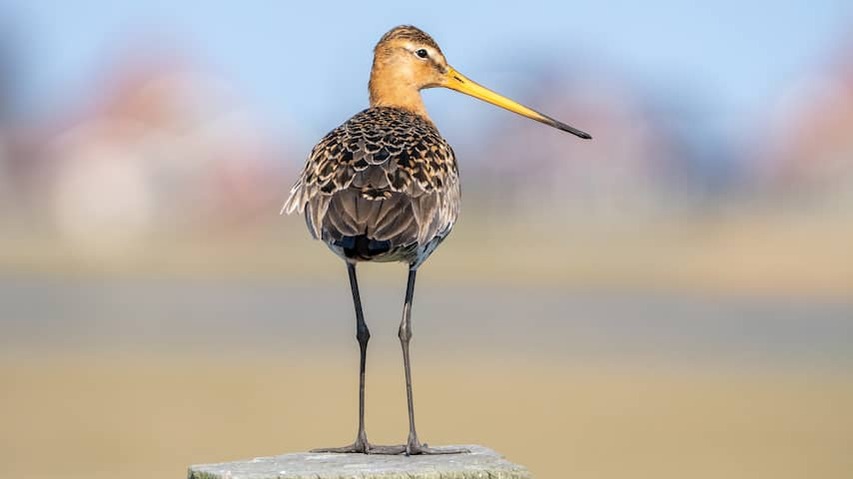
The persistent drought is harmful to tens of thousands of birds in the Netherlands. This spring is the driest ever measured in the Netherlands. As a result, the habitat of birds is under pressure, reports Vogelbescherming Nederland (Bird Protection Netherlands).
“Marshes, fens, and meadows are drying up. And the number of available insects and soil animals is decreasing,” says bird protector Bernard de Jong of Vogelbescherming.
For example, the black-tailed godwit, the redshank, and the lapwing have difficulty when the ground becomes bone dry. The top layer of the soil then dries out, causing worms to burrow deeper into the ground. The birds can no longer peck into the hard ground with their beaks.
A shower every now and then is not enough to solve the problems, according to Vogelbescherming. The organization calls it necessary to “seriously adjust” the design and use of the land to prevent water shortages and retain precipitation longer.
“Governments, water boards, and land users must jointly adjust water management and invest in natural climate buffers that retain water,” says De Jong. “Such areas not only help birds but also make the Netherlands more resilient to climate change.”
We can also do something our
Those who want to do something for birds now can make a contribution. A bowl of water in the garden for drinking and bathing, mud spots for swallows, and native plants for shade already make a difference, according to the organization.
“It seems small, but it can literally make the difference between life and death,” says De Jong. “Without water or shade, chicks such as those of the oystercatcher, which often breed on the roof, seek refuge in other places. Some chicks even jump off the roof.”